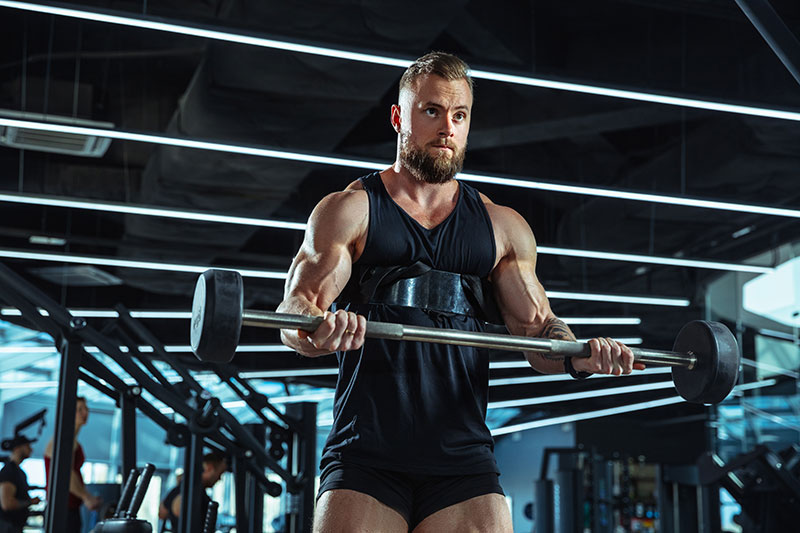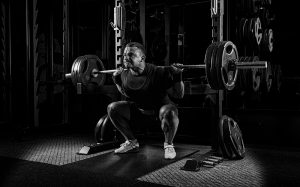Whether you’re brand new to weightlifting or you’ve been lifting a little while, you’ll know that weightlifting is a lifestyle. It takes years of dedicated reps, pulls and presses to train yourself into the strongest, most powerful, and technical lifter that you can be. Plus alongside hitting the gym, diet and looking after yourself come into it too.
If you’ve been thinking about getting into Olympic weightlifting or you’ve been playing around with some lifts, and you’re ready to make a proper go of it, our beginner’s guide to Olympic weightlifting is here to help.
Feeling baffled by all the different types of lifting? You’re not alone. Take a look at our guide to the different types of lifting here.
Front squat with purpose
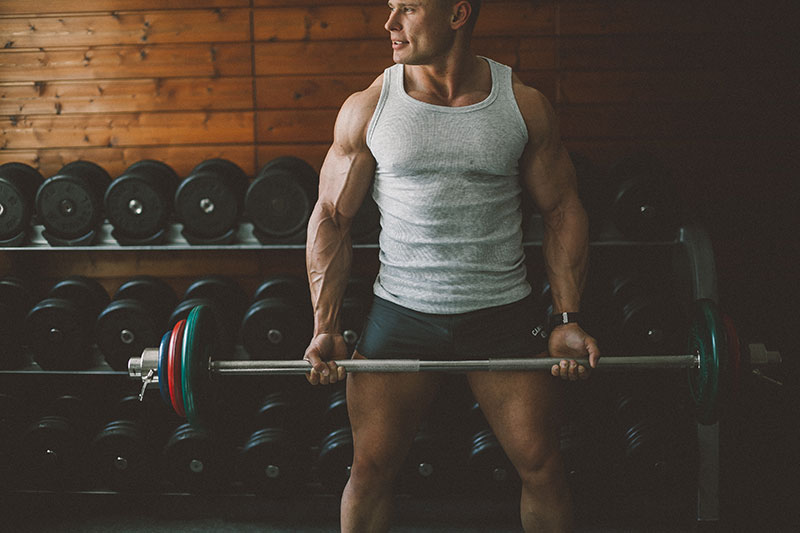
When you squat, you need to mimic the receiving position when you’re in the clean. So often, we see weightlifters trying to focus on power and lifting heavier loads at any cost. But it all comes down to good form and purposeful actions to make the most gains.
Be conscious of your back, don’t let your upper back round out or your wrists and elbows buckle.
Build strength to lift with your squat
Learning to train your front squat at 1RM clean/75-90% RM of your front squat for a few reps per set will help you to dramatically increase your strength and the integrity of your movements and build skilful setups.
Pay serious attention to your mobility
When you’re lifting, your flexibility and mobility are vital for reaching optimal positioning under the snack, clean and jerk. For this, you need to warm up and stretch. If you have any mobility issues or old injuries, they could end up hindering your long-term performance or result in injury.
Also Read: The ultimate guide to SARMs
If you’re finding that you have some limits, speak to a weightlifting coach, and take the time to address any old injuries or niggles now. Otherwise, it’ll catch up to you, or you’ll end up injured and side lined from training altogether.
Train in jumps and plyometrics
Drills like plyometric based jumps and depth drops are vital for developing the neural capacities that allow you to maximize acceleration, muscular force and maximize your performance.
Just by doing plyometrics a few times a week for 10-15 minutes, you can reap the benefits.
Embrace behind the neck variations
Variations of presses that happen behind the neck, like push pressing and jerk variations, can do amazing things for your upper back strength, as well as improve overhead mobility and movement patterning. Plus, it aids the overall development of the stabilization required for snatches and jerks overhead.
Also Read: How to get bigger legs
By building these movements into your beginner’s routine for Olympic weightlifting, you can begin to develop strength, increased mobility, and vertical overhead benefits immediately.
Popular safe and legal steroid alternatives
Do a lot of rows, pull-ups and pulls
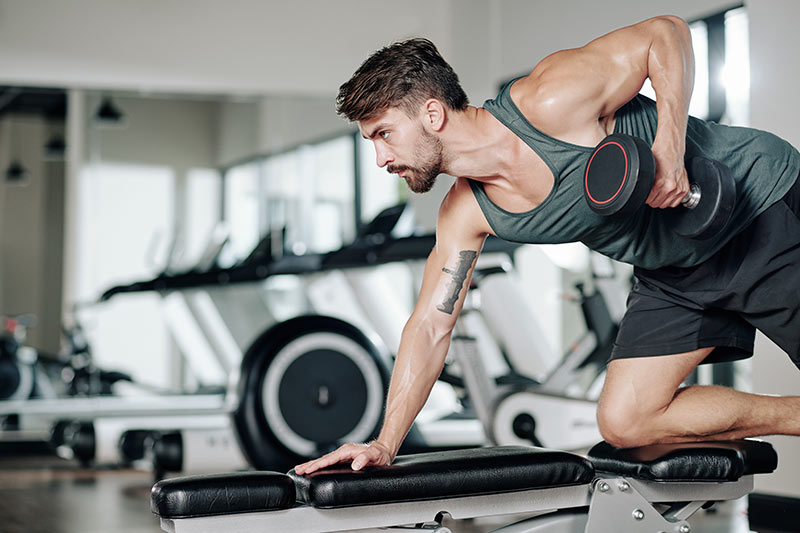
As a weightlifter, you must have strong lower and upper back muscles. Your pulling strength and your muscular development are critical in pulls like snatches and cleans, squats and overhead. These, along with traps, can play a massive role in hitting your maximum strength and optimal performance.
Plus, by training your back, you’ll balance out your training to avoid injuries typically caused by asymmetries and neglect.
Pinpoint weaknesses with hangs and blocks
Whilst you’re learning the full snatch and clean, many beginner Olympic weightlifters spend too little time performing hanging and block variations. Hang and block training gives a lifter the ability to pinpoint their weaknesses in different pulls and presses. This helps you to improve any lagging aspects of your overall lift and training.
Train with lifters better than you
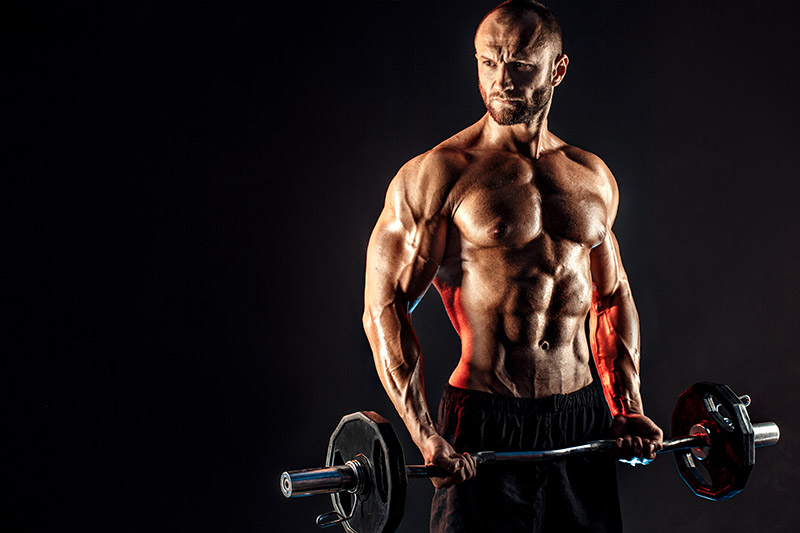
Just like anything in life, if you surround yourself with people that are more advanced, stronger and better than you, then you’ll generally pick up some of their habits and techniques. This applies to Olympic weightlifting too, provided that they’re well-versed in coaching, customizing cues, setups and strengths/weaknesses.
Too many beginners train in isolation and don’t benefit from having more advanced lifters around them. Plus, without seeing the dedication and work of lifters further along than you, you might miss how hard they’re working out and the consistent effort and focus that goes into lifting to smash your goals.
By training with lifters more advanced than you, you see the focus that those further along in their lifting careers have and the steps they take to maintain the integrity of their movements, joints, and general health.
Make sure you squat and push press often
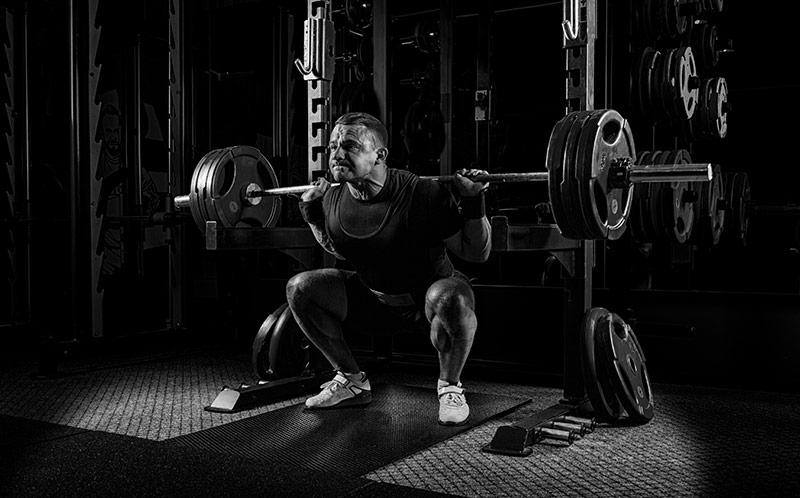
This one might sound obvious, but by squatting and push pressing often, you’ll develop highly transferable strength and barbell patterns that can correlate to stronger, more balanced lifts.
Also Read: The Best Steroids For Weight Loss – Steroid Comparison
Squats (both high bar back and front) need to be trained regularly to increase the necessary strength and power. Push presses also offer lifters a way to develop their strength, power and fluidity that translates to jerks.
Show up on the good and bad days
It’s easy to hit the gym and smash through a PB when you’re feeling amazing. But the days that you show up for yourself when you’re having a bad day will push you even further. Life is a rollercoaster, and we never feel 100% all of the time. Most days, you’ll only be able to do about 70-90% of your best, and then some days, 60% will feel like 200% and every rep will hit you like a truck.
Embrace the process, embrace the rollercoaster, and commit to training on days you might not want to. Every time you show up for yourself, you’ll make more gains and make massive progress towards your goals.
Top tips for beginners starting out with Olympic weightlifting
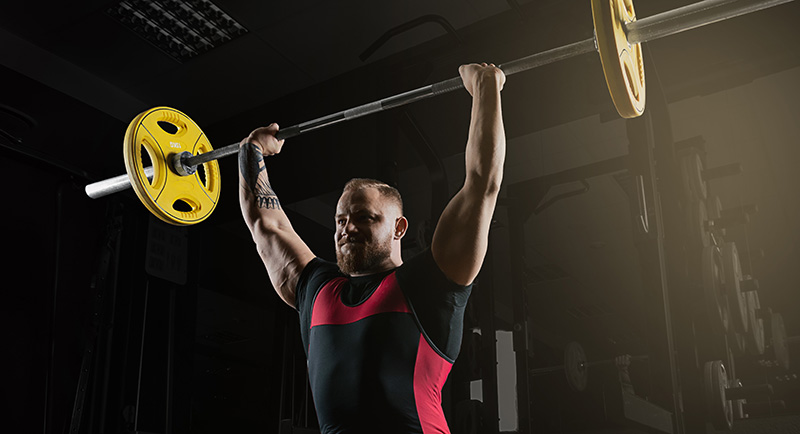
- Every lifter will have their top tips and advice but taking the time to speak to those more advanced than you and coaches will help you so much, especially when you’re just starting.
- Take time to address any old injuries, any niggles and fix any weaknesses to set yourself up with stronger foundations.
- Remember, form and lifting with purpose will benefit you more than sprinting to your goals and overloading yourself with weight before you’re ready.
- No matter how far into your lifting journey, you must listen to your body and learn to read the signs of when to rest and when to push. Monitor your day-to-day like sleep, nutrition, body weight, lifestyle stressors and your longer-term progress.
- Work with a coach or a trainer to create a fully customized training programme for you.
Ready to enter the world of Olympic weightlifting?
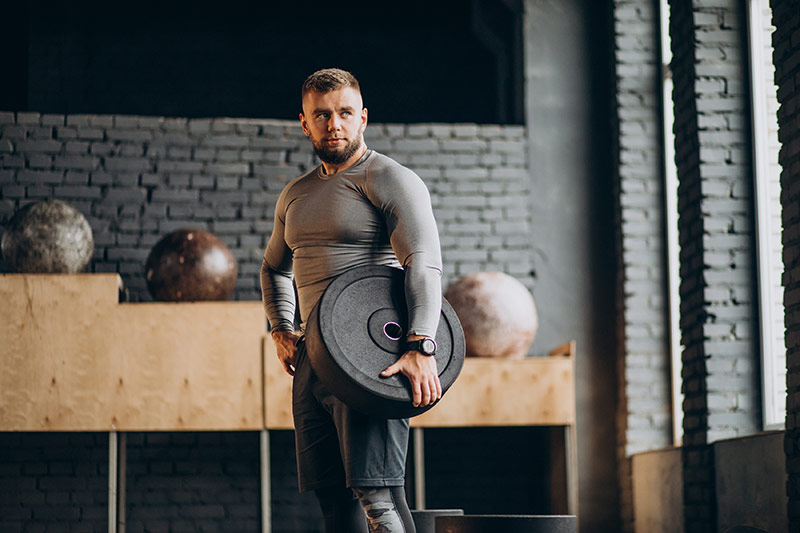
Whether you’re a seasoned lifter, looking to transition into Olympic weightlifting, or you’re right at the beginning of your journey, build strength and focus your gym sessions with our 100% natural and safe steroid and SARMs alternatives are here to help.
Our range of natural steroids and SARMs alternatives can help you shed weight, build muscle and reduce your recovery time by topping up your T levels. So, if you’re ready to reach your goals faster with zero side effects, it’s time to get BRUTAL.



